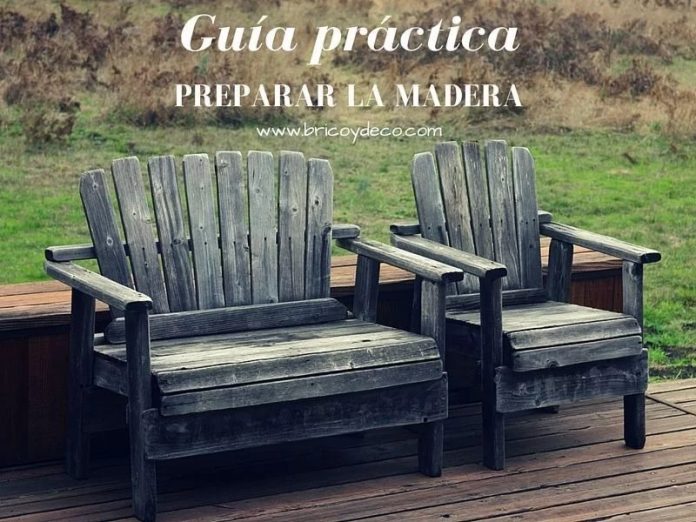
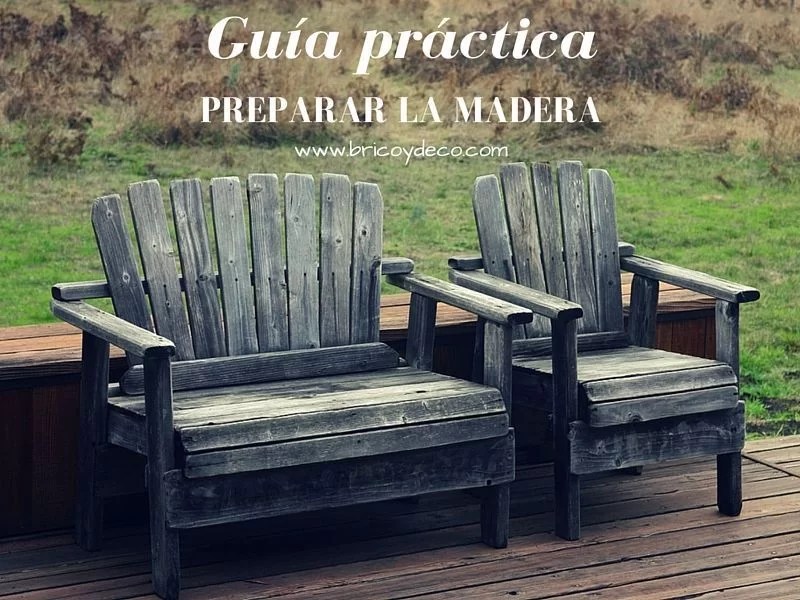
Wood is a noble material that is still alive once it has been felled from the tree, its beauty is indisputable but it has been continuously exposed to different attacks that can degrade it. To achieve a perfect and long-lasting finish, you must start with the foundations and learn how to prepare the wood before treating it.
I have to admit that more than once I have started the house from the roof and have provided different finishes for the wood without having previously prepared it. The consequences usually appear in the short or medium term, impoverishing the final result or causing its deterioration. For this reason you can not miss this guide to know how to prepare the wood before treating it.
Problems and defects that can be found in wood
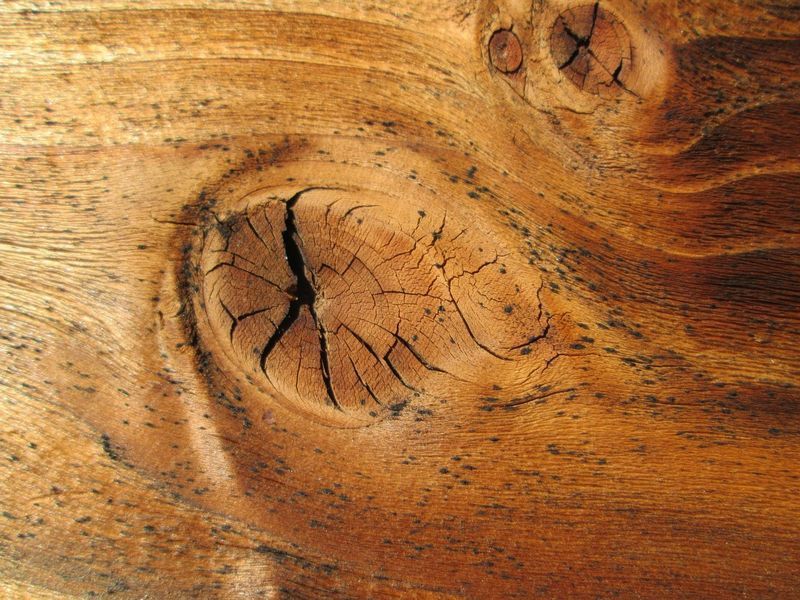
In the first place, before painting or providing any type of finish to the wood, we must detect if there is any of the most common problems that occur in this material:
- Resin content of the knots. If the wood has not bled well, the resin will produce a wrinkled effect in the paint and a color change. To avoid this, the resin is made to exude by heating the knot with a heat gun, the resin that has risen to the surface is scraped off and the knot is sealed with shellac.
- drying resistance. Some tropical woods such as rosewood, teak, etc., contain substances that delay the drying of the paint. To solve this, a thin layer of insulating varnish must be previously applied, such as one based on vinyl resins.
- Sun exposure. As with our skin, natural wood that has been exposed to the sun without any type of protection suffers from the degradation of its bark. This degradation decreases the adherence of the paint, although it will suffice to sand the surface to reach the healthy part and obtain a better grip.
- Attack of microorganisms. It is very important that the wood that is affected by the attack of fungi, mold or microorganisms is cleaned up, since these will continue to act under the paint or varnish, even coming to the surface as happens when we paint on a rusty metal without having done so. removed before.
New wood that has not been previously treated
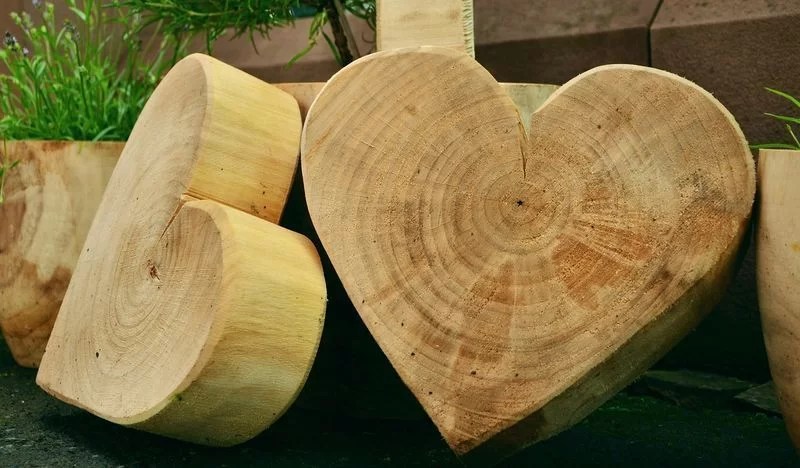
When the wood is dry and in good conditionlike the one that can be found in DIY centers, the following steps must be followed before applying paint or varnish:
- Sand in the direction of the grain with medium (120) or fine (180) grit sandpaper depending on whether the wood contains more or fewer imperfections.
- Eliminate the dust with a damp cotton cloth and very well wrung (give several passes until you check that it has been completely removed). It is then left to dry in the air but without the wood being in direct contact with the sun, in this way sudden changes in temperature and humidity that could damage it and even crack it will be avoided.
- Check that there are no fungi or insects. If so, a product containing insecticides and fungicides would have to be applied.
- Seal the knots of the wood with shellac diluted with alcohol (approximately 20%), to prevent them from exuding resin or the formation of wood tannins.
Old wood that has never been painted
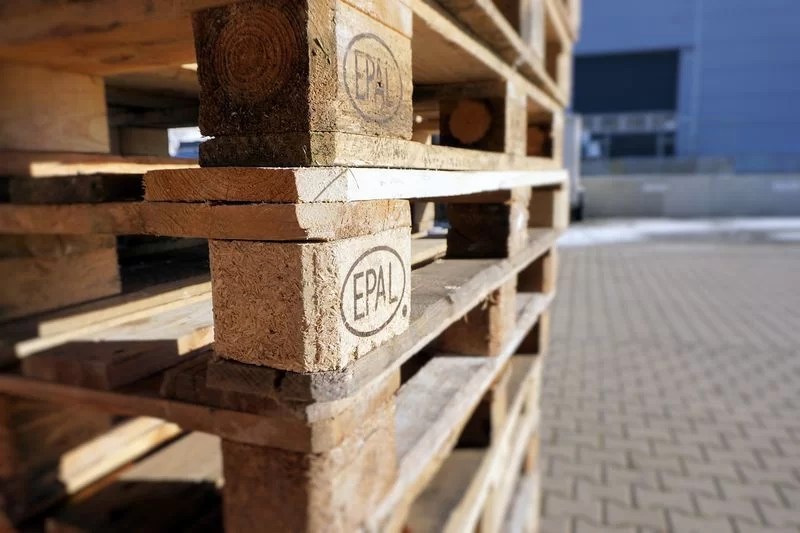
For the old woods that have never been painted or treated but that have been exposed to different climatic conditions, such as the wood of the pallets, you must take the same steps as in the previous case and also the following:
- Eliminate the grayish tone acquired by wood that is exposed to the elements using a rinse agent with oxalic acid diluted with 30% water. After applying to the gray areas and waiting half an hour, rinse with plenty of water.
- Sand the wood to remove deteriorated bark and improve grip.
- If the wood has fungi or microorganisms, apply a fungicide diluted to 50% with water, rinse and let it dry for a couple of days.
Wood that has already been painted or varnished
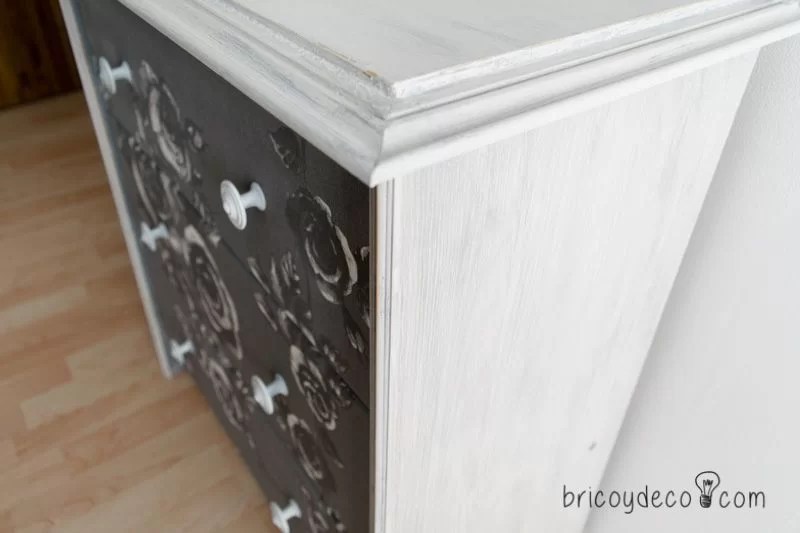
When what you want is to repaint a wood that is already painted or that is varnishedthere is no choice but to strip to improve grip and not create a thick layer of paint by overlapping hands.
Stripping can be done by sanding, with a stripping product or with a heat gun if the paint layer is very thick. Before applying a stripper, it is advisable to do a test on an area that is not very visible to make sure that the wood is not damaged.
In short, it is not only a matter of embellishing and transforming our furniture and wooden objects, but also that they remain unchanged in the short, medium and long term. For this reason I hope that this guide to know how to prepare the wood before treating it help you achieve a good finish that is also durable.
If you liked this post you can find many more guides and DIY projects at Thank you very much for commenting and sharing!
Images via Pixabay



